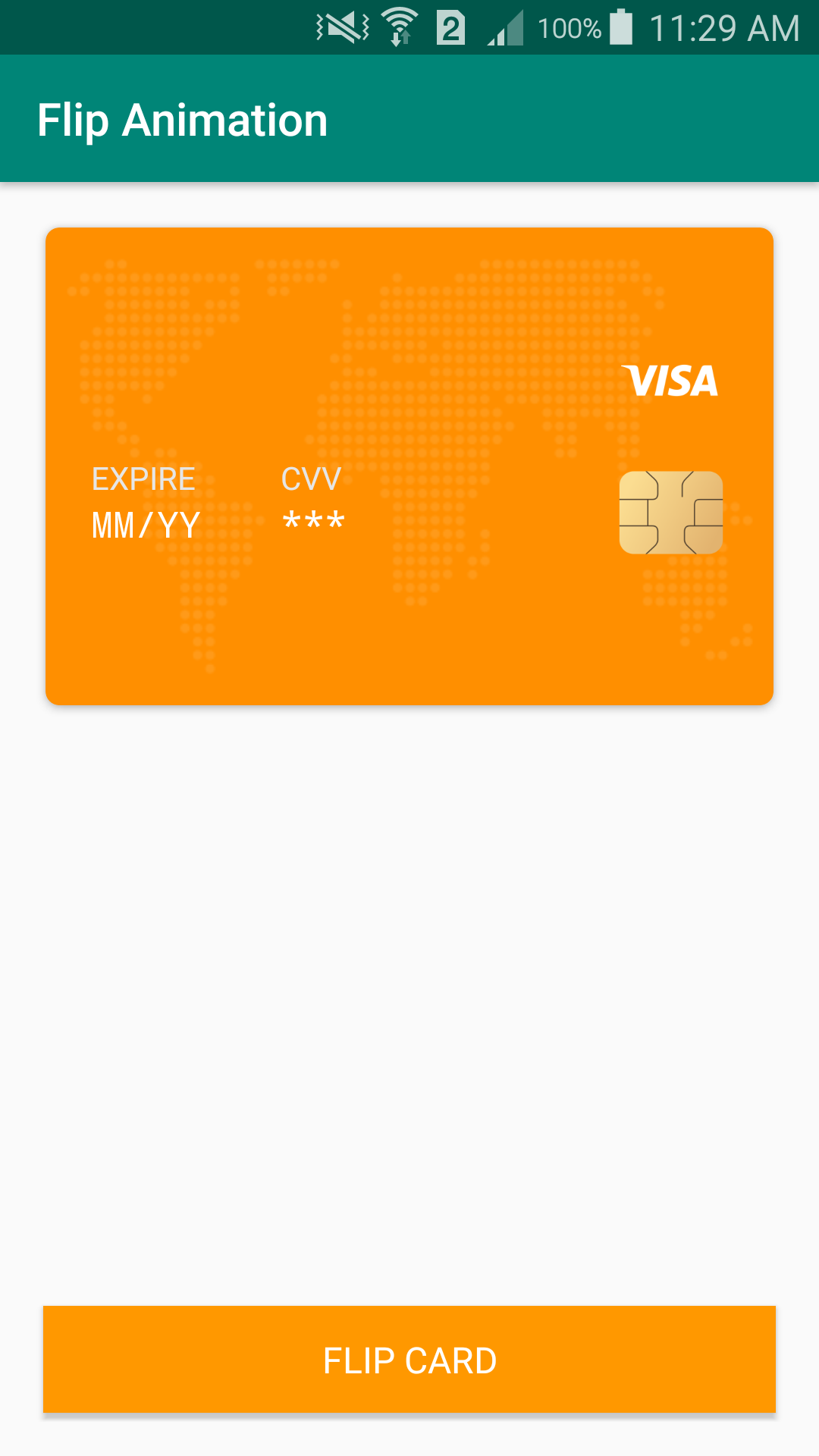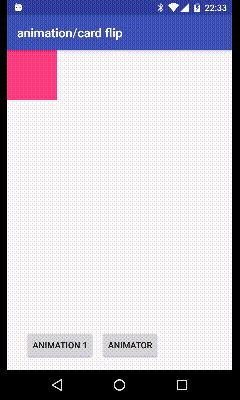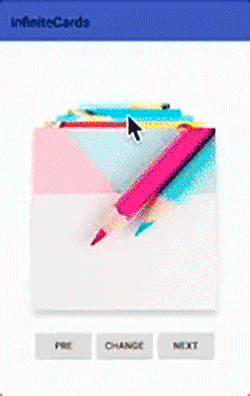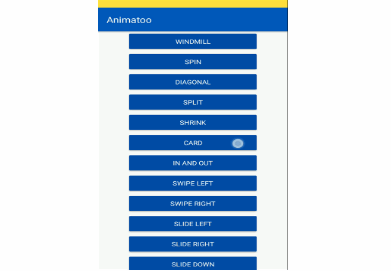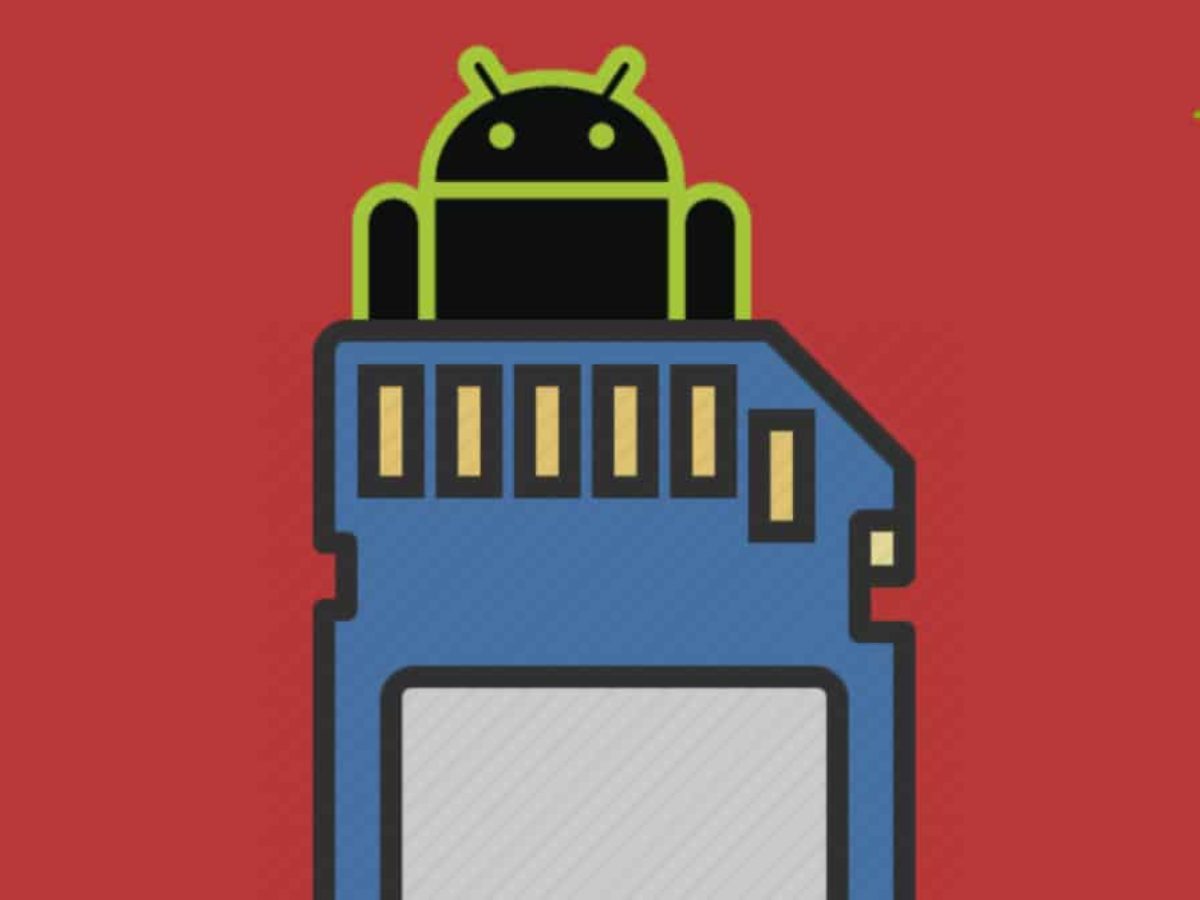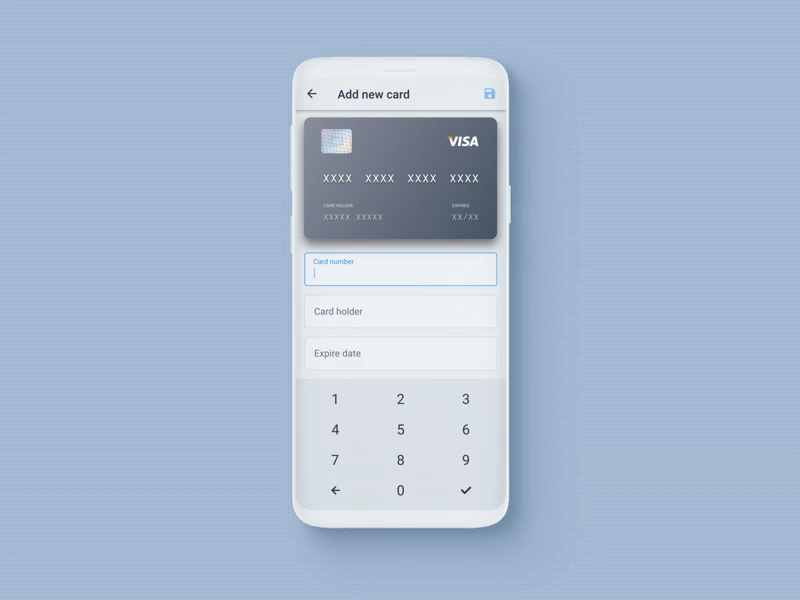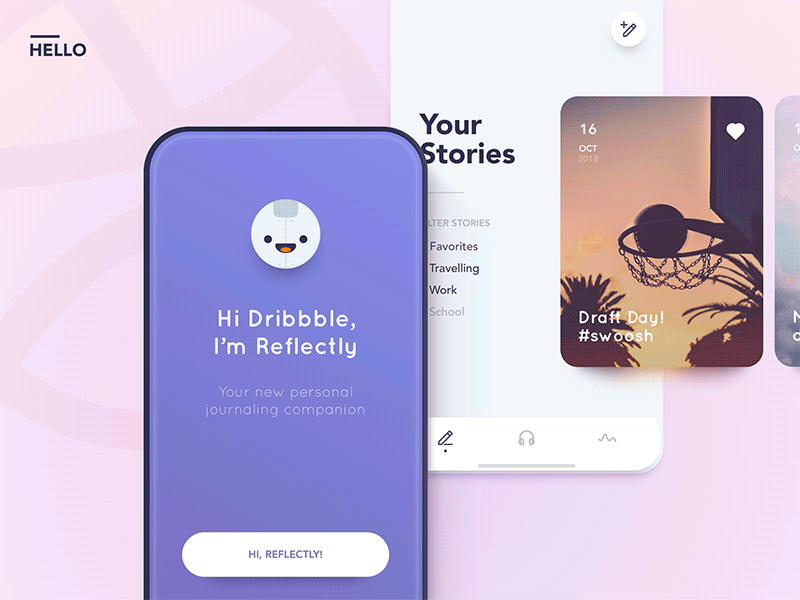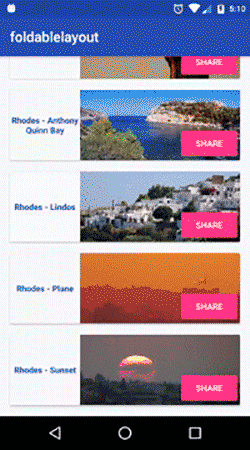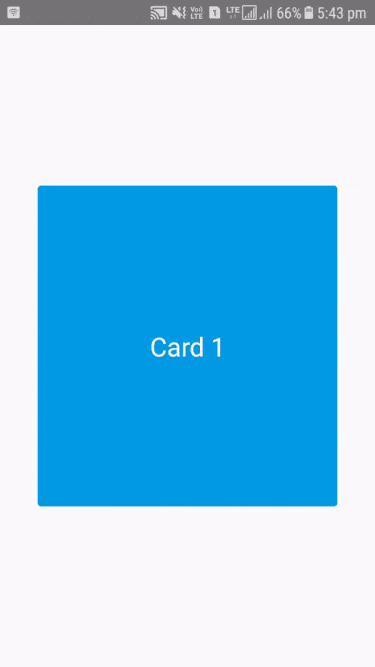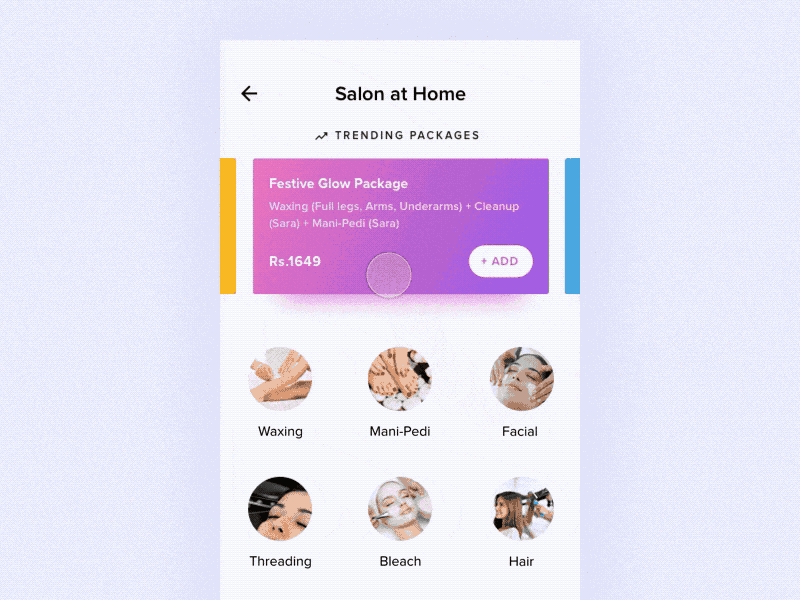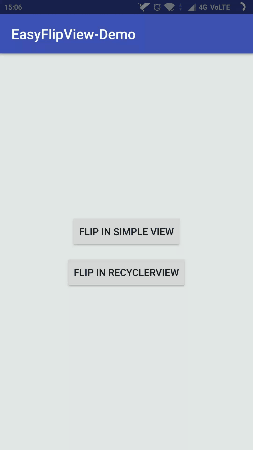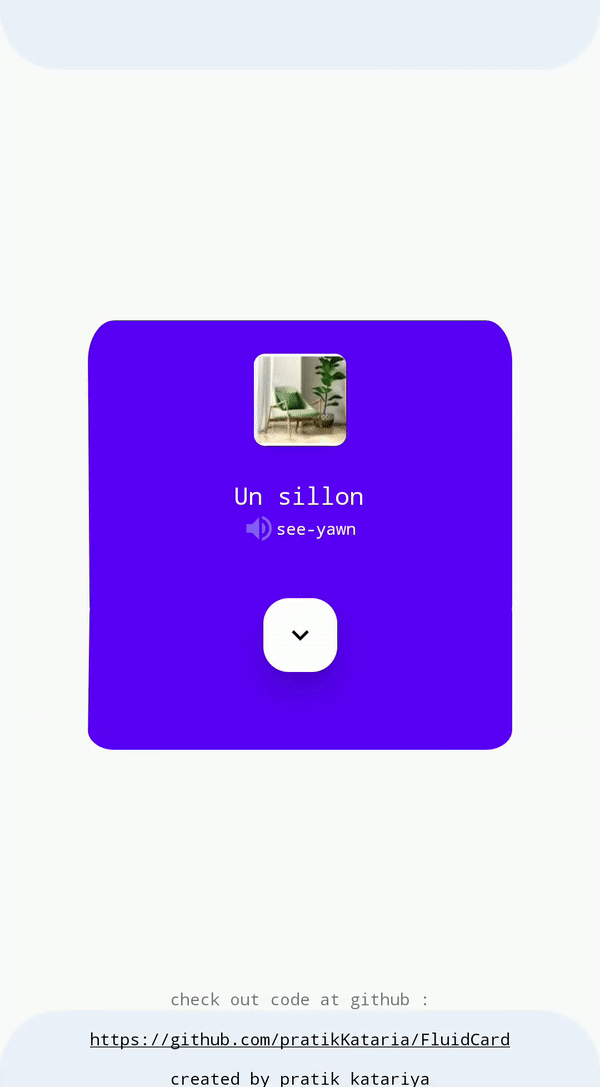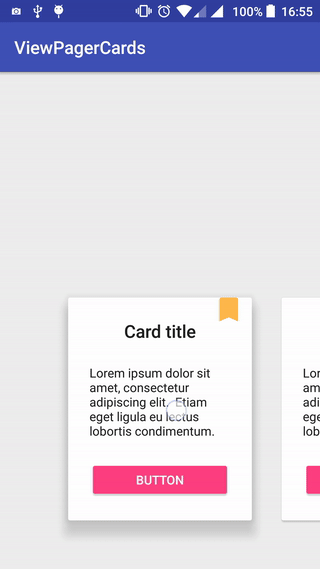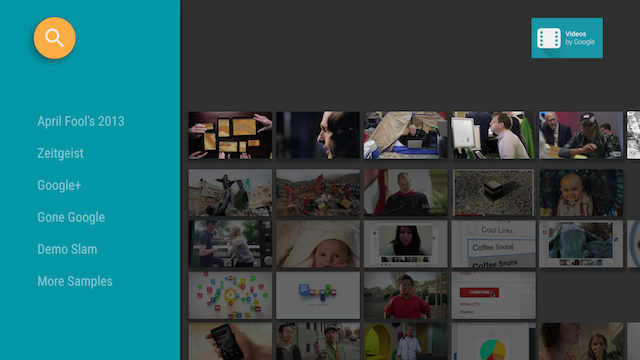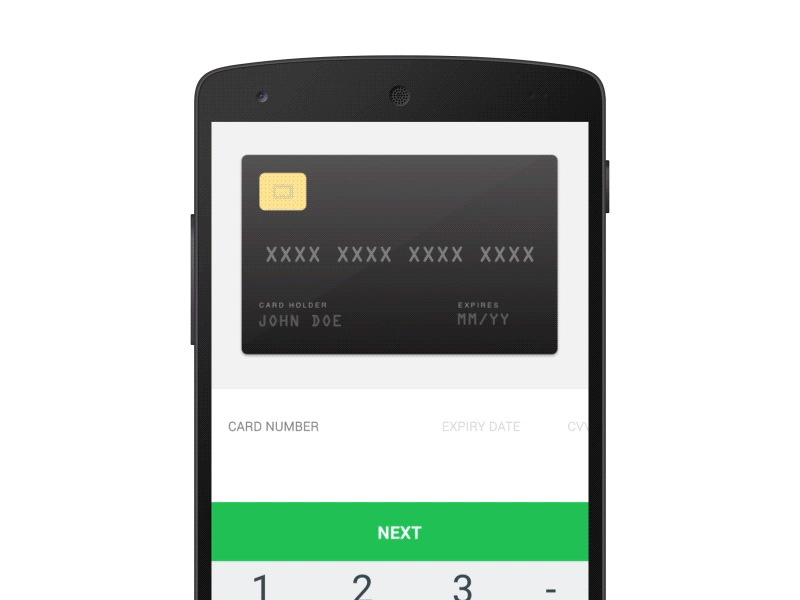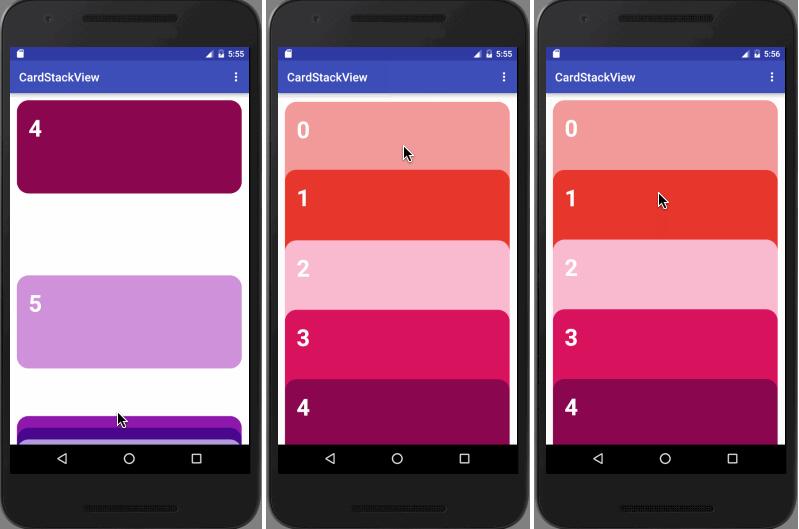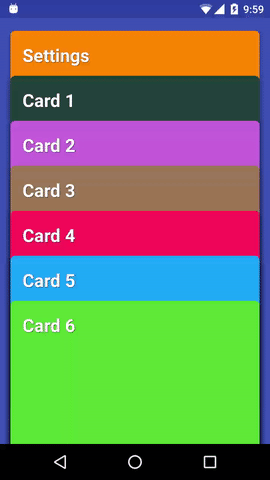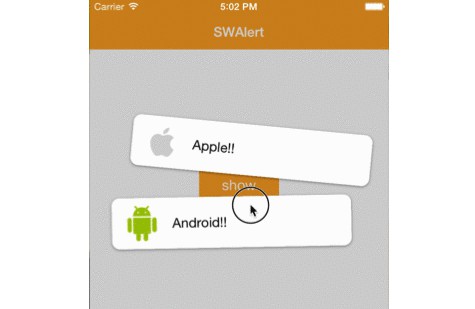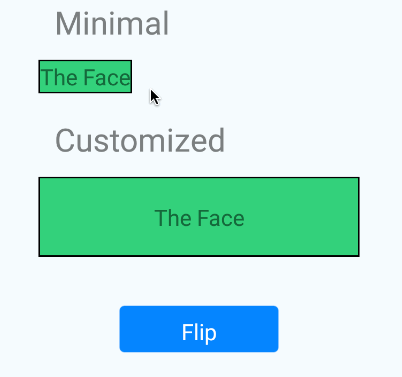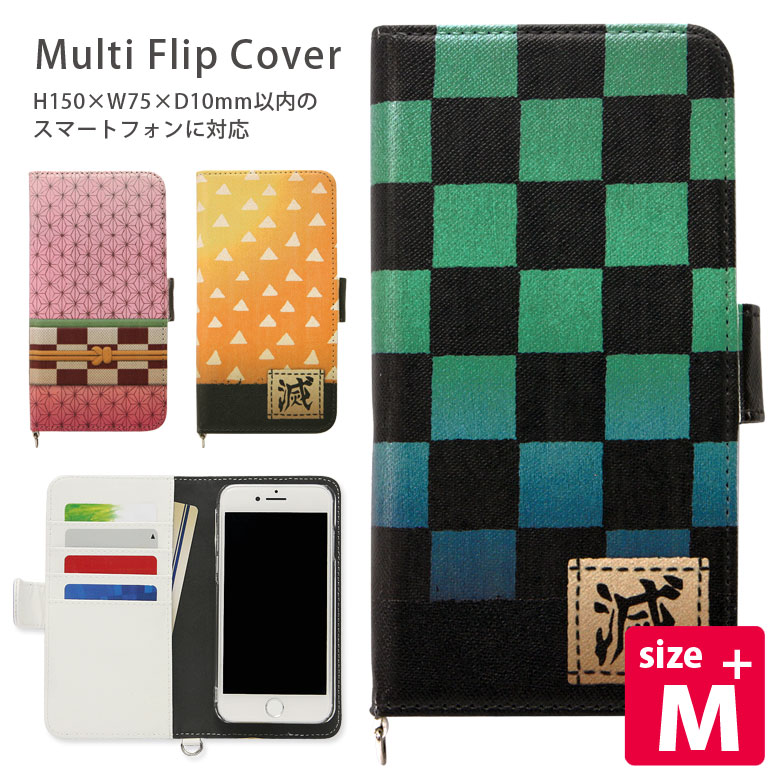Card Animation Android
Android animation is used to give the ui a rich look and feel.
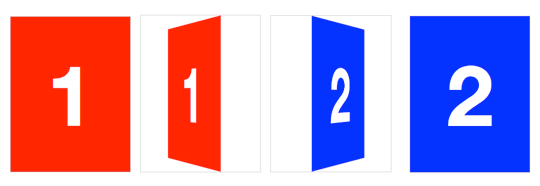
Card animation android. In our case distance is just to small and flipping animation crosses the virtual line and. After creating animation directory right click on it and create animation xml. Generally the animations are useful when we want to notify users about the changes happening in our app such as new content loaded or new actions available etc. This simple animation just rotates the view around y axis.
The second parameter is the property you are animating. These apis update the properties of your view objects over a period of time continuously redrawing the view as the properties change. Create a card flip animation. In this android animation tutorial well go with xml codes for adding animations into our application.
Card flips animate between views of content by showing an animation that emulates a card flipping over. Each side of the card is a separate layout that can contain any content you want such as two screens of text two images or any combination of views to flip between. The card flip animation shown here uses fragmenttransaction which is available for android 30 api level 11 and higher. In android fade in and fade out animations are used to change the appearance and behavior of the objects over a particular interval of time.
How to add card flip animation to your android app card layouts. This example uses the objectanimatoroffloat method since the translation values have to be floats. To set the corner radius in your layouts use the cardviewcardcornerradius attribute. Heres what a card flip looks like.
To move reveal or hide views within the current layout you can use the property animation system provided by the androidanimation package available in android 30 api level 11 and higher. Animations in android apps can be performed through xml or android code. Use these properties to customize the appearance of the cardview widget. After that create the first animation xml.
Since the view needs to be moved horizontally the translationx property is used. Cardview uses real elevation and dynamic shadows on android 50 api level 21 and above and falls back to a programmatic shadow implementation on earlier versions. The last parameter is the end value of the animation. T0 create animation directory right click on res folder and select create resources directory option form popup menu.











